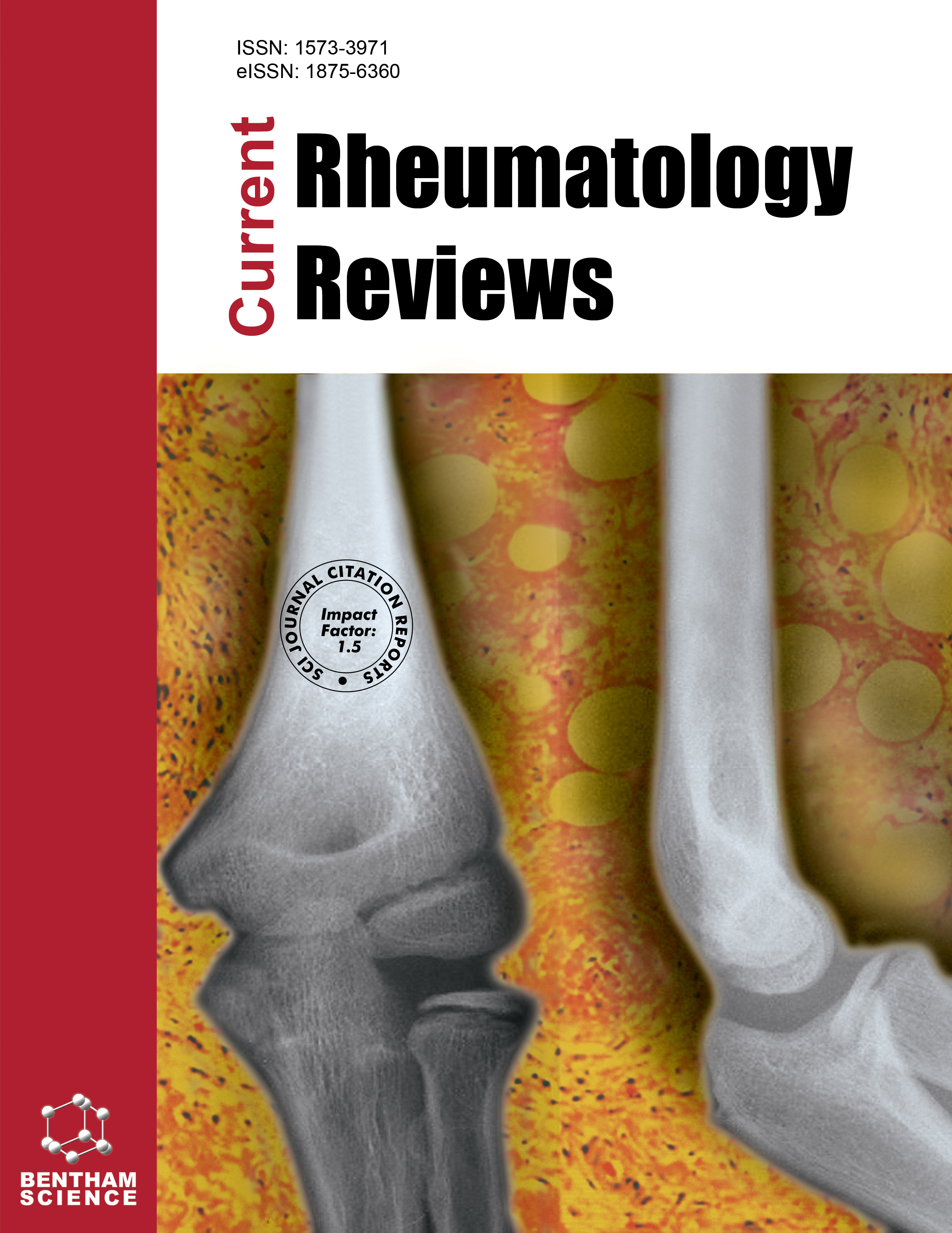-
oa Editorial [Hot Topic: Choosing between Targeted Therapies for Rheumatoid Arthritis Patients (Guest Editor: Filip De Keyser)]
- Source: Current Rheumatology Reviews, Volume 7, Issue 1, Feb 2011, p. 69 - 69
-
- 01 Feb 2011
Abstract
The treatment options for patients with rheumatoid arthritis have undergone revolutionary changes over the last decade, in particular with the introduction of so-called biologicals. Moreover, the pipeline for new targets is still growing. This evolution has brought new perspectives for patients, with clearly improved functional and structural prognosis. The portfolio of options is growing so fast that rheumatologists face a particular challenge: how should these new compounds be used in an optimal way and when to prefer one biological over another. This mini-review looks at three issues with relevance for the rheumatologist who wants to make an evidence-based therapy choice for patients who failed conventional disease modifying antirheumatic drugs: the infection perspective, the oncology perspective and the issue of changing or not the target if a patient fails a first anti- TNF biological. There is strong evidence for each of the currently available reimbursed biologicals that it has an added value over conventional arthritis drugs, in case the latter fail. However, studies addressing the question whether one biological has an advantage over another in particular clinical situations are largely lacking. Yet, in daily practice the clinician has to take decisions and is looking for any information which is helpful in this decision process. Many other issues may potentially contribute to the choice of a particular biological compound in a particular clinical situation: mode of administration and patient preferences, safety aspects like the lipid profile, pregnancy-related considerations. Expectations have also arisen from the field of pharmacogenomics: will this new discipline soon help us in choosing between targeted therapies for individual patients? The further scientific development of arthritis therapy should certainly take into consideration some of the questions formulated in this mini-review. The field is currently asking for better insights into the optimal use of treatment strategies with already available compounds for rheumatoid arthritis patients, rather than just expanding the portfolio of existing biologicals.


